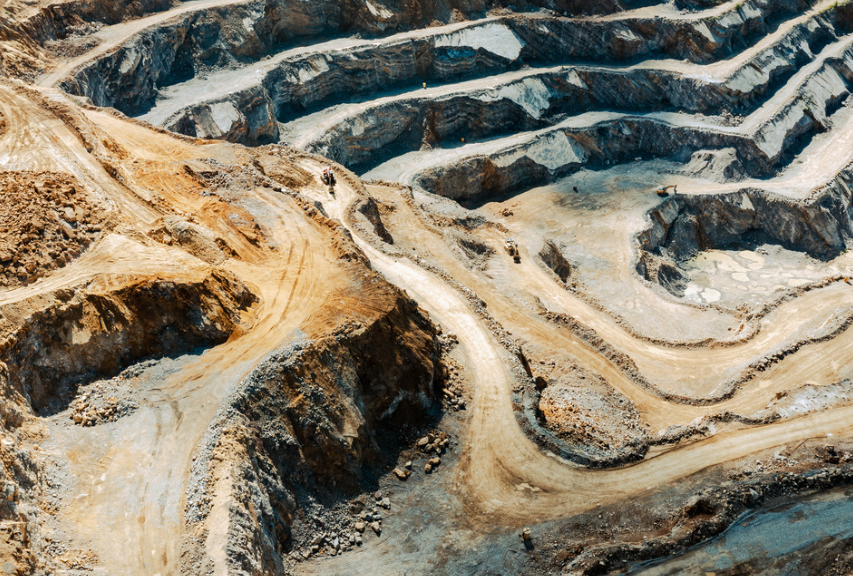Imdex dives deep in groundbreaking study of orebody value


Imdex is collaborating on a groundbreaking study backed by Canada’s pre-eminent sciences research body to determine the real value of orebody knowledge in mineral exploration and mining.
Imdex is partnering with the Mineral Deposit Research Unit (MDRU) and the Bradshaw Research Institute for Minerals and Mining (BRIMM) at the University of British Columbia, and Ideon Technologies, the global leader in applying muon tomography for orebody imaging, in the million-dollar, two-year deep dive into the economics of orebodies. The Natural Sciences and Engineering Research Council of Canada (NSERC) will supply part of the funds through its NSERC Alliance program.
Imdex chief geoscientist Dave Lawie said the research findings would contribute to knowledge on the economic benefits of enhanced orebody knowledge, promote adoption of new technologies, and help define future research and development directions in the mining industry.
“The mining industry has been slow to adopt innovative orebody knowledge approaches and data collection, despite the increasing improvement and sophistication of the technology,” Lawie said.
“One of the reasons for this reluctance is that mining companies, researchers, and technology providers find it difficult to articulate the financial value of orebody knowledge – to explain in dollar terms the financial gain of being able to make better decisions earlier and reduce risk from greenfield exploration through to mining production.”
Being able to articulate the dollar value of an orebody also assists in the adoption of technology where the cost is born in one part of an operation or organization, but the dollar benefit is accrued in a different department or during a separate phase of development, Lawie added.
“It helps address the question, ‘Who will pay for what does not happen?’ where operational risk reduction is the key driver.
“For the mining industry to adopt this technology, it must have clear evidence of the financial impacts and risks of poor or no OBK and a way of assessing the most efficient methods of collecting, analysing, and optimising it,” Lawie concluded.
Senior researchers at UBC will drive the study along with a range of postdoctoral experts. The study will analyse mine projects completed over the past 23 years, integrating information from the Toronto Stock Exchange and the Australian Securities Exchange with the respective countries’ mine project reporting codes, the NI 43-101 and the JORC code, to assess the link between orebody knowledge – or lack of it – and mine project performance.
Other elements of the study will:
Previous research done at UBC revealed that geoscientific challenges were associated with financial losses by mine projects in at least 30% of cases, presenting the value of information case that has now expanded into the economic benefits of enhanced orebody knowledge.
The new research will provide a starting point for the study using advanced data collection and interpretation to better understand the geological risks associated with mine development projects. Imdex says that to its knowledge this kind of research has never before been conducted.
For further information visit www.ImdexLimited.com.
Comments